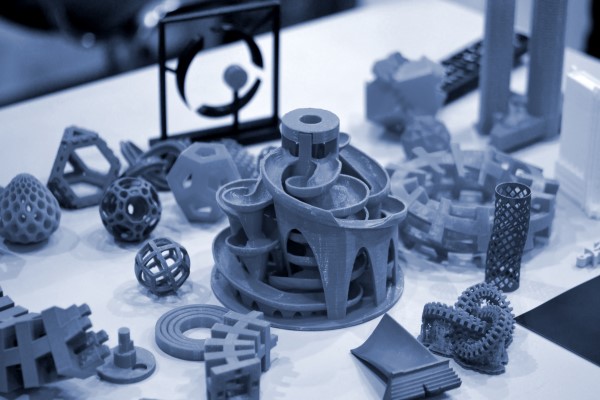
**Korean Researchers Transform Bioprinting With Fast, Low-Temperature Printhead**
*Overview: Researchers from Korea have created an advanced printhead for bioprinting capable of functioning at 60 times the speed of traditional approaches while producing significantly less heat. This innovation may significantly expedite the creation of synthetic organs and tissues for transplantation and pharmaceutical testing.*
**Published in Sensors and Actuators B: Chemical, October 15, 2024. DOI: [10.1016/j.snb.2024.136194](https://doi.org/10.1016/j.snb.2024.136194)** | **Reading time: 6 minutes**
—
**KIST Innovation Could Transform Healthcare’s Future**
In a significant breakthrough that could impact medicine and related fields, researchers at the Korea Institute of Science and Technology (KIST) have unveiled an advanced printhead specifically engineered for bioprinting. This novel technology not only boasts a remarkable speed—operating at 60 times that of standard bioprinters—but also produces considerably less heat, addressing a prevalent challenge in the fabrication of intricate biological structures such as tissues and organs.
The domain of bioprinting has long promised to revolutionize healthcare by enabling the production of lab-generated tissues and organs for both transplantation and drug evaluation. Nevertheless, the field’s progression has been hindered by technical issues, including slow printing rates and the potential harm to sensitive biological materials caused by excessive heat. KIST’s recent innovation, highlighted in *Sensors and Actuators B: Chemical*, seeks to resolve these issues.
—
### Advancing Bioprinter Design
Headed by Dr. Byung Chul Lee, the KIST research team addressed these challenges by creating a new printhead made from PMN-PZT, a highly efficient piezoelectric substance. A key factor in the printhead’s effectiveness is its capability to simultaneously operate 16 ink ejection units, arranged a mere 300 micrometers apart. This design significantly boosts printing rates without compromising precision or damaging the biological materials, which must be kept at low temperatures during the printing process.
**Breakthrough in Printing Speed:** Testing has shown that the team achieved bioprinting speeds of 1.2 meters per second—an approximately 60-fold enhancement over previous methods.
**Cooling Performance:** Notably, the printhead can function while maintaining temperatures below 3.2 degrees Celsius, a crucial benefit for ensuring the survival of living cells and other fragile materials used in bioprinting, in stark contrast to the elevated heat levels often encountered with older methods, which can lead to cell damage.
**Manufacturing Accuracy:** The printhead’s precision is exceptional; it successfully printed hydrogels with diameters as small as 32 micrometers, half the size typically attainable with traditional bioprinting technology. The reduced heat generation also adds to its effectiveness—the system produces 73.4% less heat, further minimizing the risk of harming printed tissues.
“This new printhead employing PMN-PZT thin film delivers unmatched control and efficiency, paving the way for the development of more complex and functional organs with greater resolution,” Dr. Lee remarked.
—
### Transitioning From Lab to Life-Saving Uses
In addition to its technical achievements, this novel bioprinting approach offers numerous practical uses, particularly in the healthcare sector. Many current techniques, which often depend on slow single-needle systems, make it challenging to print intricate and sizable structures such as hearts or lungs. This limitation has impeded the advancement of bioprinting in clinical applications. However, this breakthrough could propel the field into a new realm of productivity.
Dr. Lee imagines a bioprinting system where producing large, complex organs is not just possible but rapid. “The new printhead using PMN-PZT thin film material has expanded the potential for the quick production of high-resolution 3D organoid models,” he stated. “We aim to commercialize a 3D bioprinter that can produce organs suitable for transplantation and toxicity testing by experimenting with various bio-inks like gelatin.”
By facilitating the swift creation of higher-resolution 3D organoid models, the technology is poised to influence several medical disciplines. For instance:
– **Organ Transplantation:** The ability to generate full-sized synthetic organs may soon become a reality, greatly decreasing wait times for organ transplants and minimizing rejection risks.
– **Drug Testing and Research:** Tissues produced with this technology could more accurately mimic human organs in drug trials, lessening reliance on animal testing and enhancing accuracy in drug safety and effectiveness assessments.
—
### Beyond Healthcare: Broader Industrial Applications
While the primary focus of bioprinting is on artificial tissues and organs, this technology also has implications across various industries. Its capability to print with high precision while maintaining temperatures below 30 degrees